Groom Suits: Your Quick Guide to Looking Sharp on the Big Day
Planning a wedding can feel like a maze, but picking a suit doesn’t have to be. Whether you’re after a classic black tux or a bold navy blazer, the right groom suit makes you feel confident and fits the overall vibe of your celebration. In this guide we break down the biggest decisions – color, fit, and accessories – so you can move from “I don’t know” to “I’m ready” without the headache.
Choosing the Right Suit Color
First thing’s first: the color. Many think black is the only safe choice, but the season, venue, and your partner’s dress can open up a lot of options. For a summer garden wedding, light grey or soft blue feels fresh and keeps you cool. Autumn weddings pair well with deep greens, burgundy, or charcoal – colors that echo falling leaves and add a warm touch.
Skin tone matters, too. If you have a cool undertone, navy, charcoal, and cool greys enhance your look. Warm undertones shine in earth tones like camel, olive, and warm browns. No need to be a style expert – just pick a shade that makes you feel good when you look in the mirror.
Don’t forget the theme. If you’re going for a vintage vibe, a tweed jacket in muted tones adds character. For a modern minimalist feel, a slim-cut black suit with a crisp white shirt does the job. The key is to match the suit’s personality with the overall wedding style.
Fit Tips to Look Sharp
The fit of a suit is the difference between looking polished and looking sloppy. Start with the shoulders – they should sit right at the edge of your own shoulders without hanging off. The sleeves need to show about a quarter inch of shirt cuff; that little detail signals a tailored look.
When it comes to length, the jacket should cover your rear but not drag on the floor. A quick test: the jacket’s hem should fall just past the thumb when your arms are relaxed. Pants should break just enough at the shoes – too much break looks baggy, no break looks harsh.
If you’re not a tall guy, avoid extra length in the jacket; ask the tailor to shorten it. Shorter guys benefit from a slightly higher button stance, which creates the illusion of height. Tall guys can play with a longer jacket and a slightly lower waist to keep proportions balanced.
Tailoring is non‑negotiable. Even an expensive off‑the‑rack suit can look cheap if it doesn’t fit. A few hours with a good tailor will fix sleeve length, taper the waist, and adjust the trouser rise. Think of it as an investment in confidence for the day you’ll be in the spotlight.
Now that color and fit are covered, let’s talk accessories.
Tie or Bowtie? Pick Your Finishing Touch
Choosing between a tie and a bowtie is more about personal style than strict rules. A classic silk tie works for formal and semi‑formal events, while a bowtie adds a dash of personality and works well with tuxedos or themed weddings. If you’re unsure, bring both to your fitting and see which feels right with the suit’s color.
Don’t overlook pockets, shoes, and cufflinks. A pocket square that matches the bride’s bouquet color ties the whole look together. Leather shoes should be polished, and a simple pair of cufflinks adds a touch of elegance without stealing the show.
Remember, the best groom suit is the one that makes you feel comfortable and reflects your style. Use this guide as a checklist, talk to a trusted tailor, and enjoy the process. When the big day arrives, you’ll step up to the altar looking confident, comfortable, and perfectly dressed for your own love story.
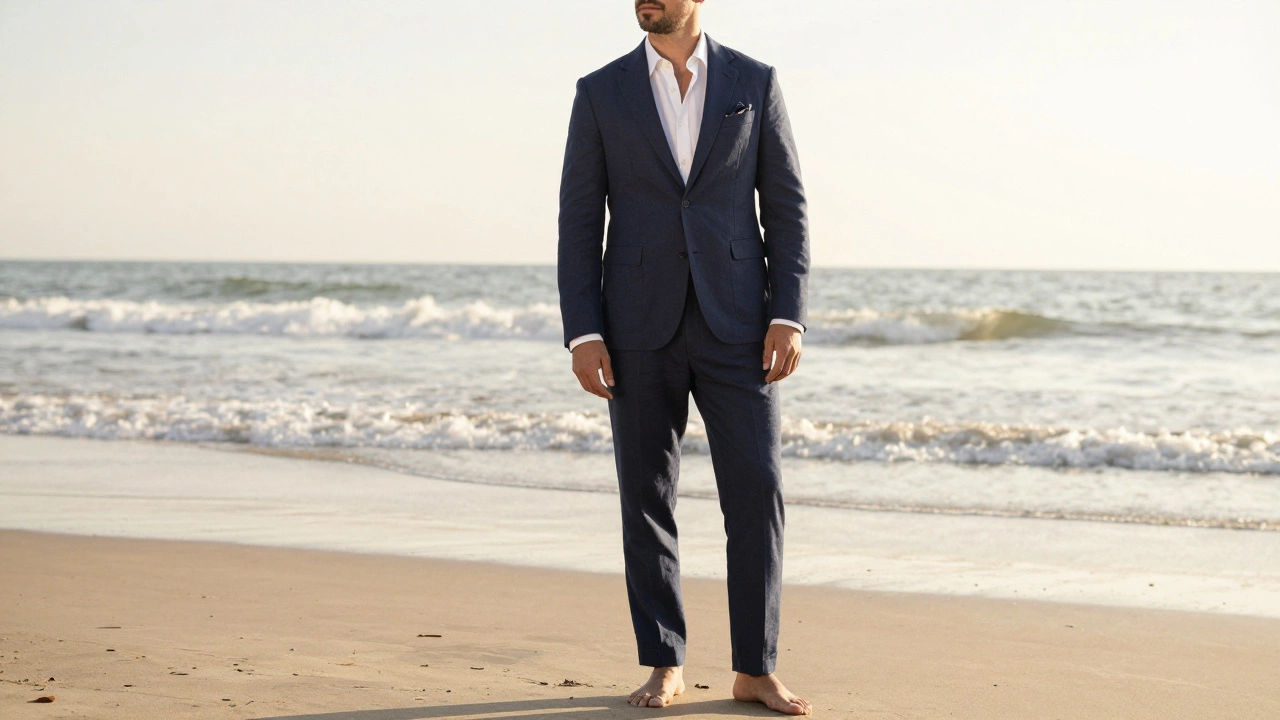
- Dec, 1 2025
- Comments 0
Can a Groom Not Wear a Tie? Modern Groom Style Guide for 2025

- Dec, 1 2025
- Comments 0
What Are Grooms Wearing in 2024? The Real Trends That Matter
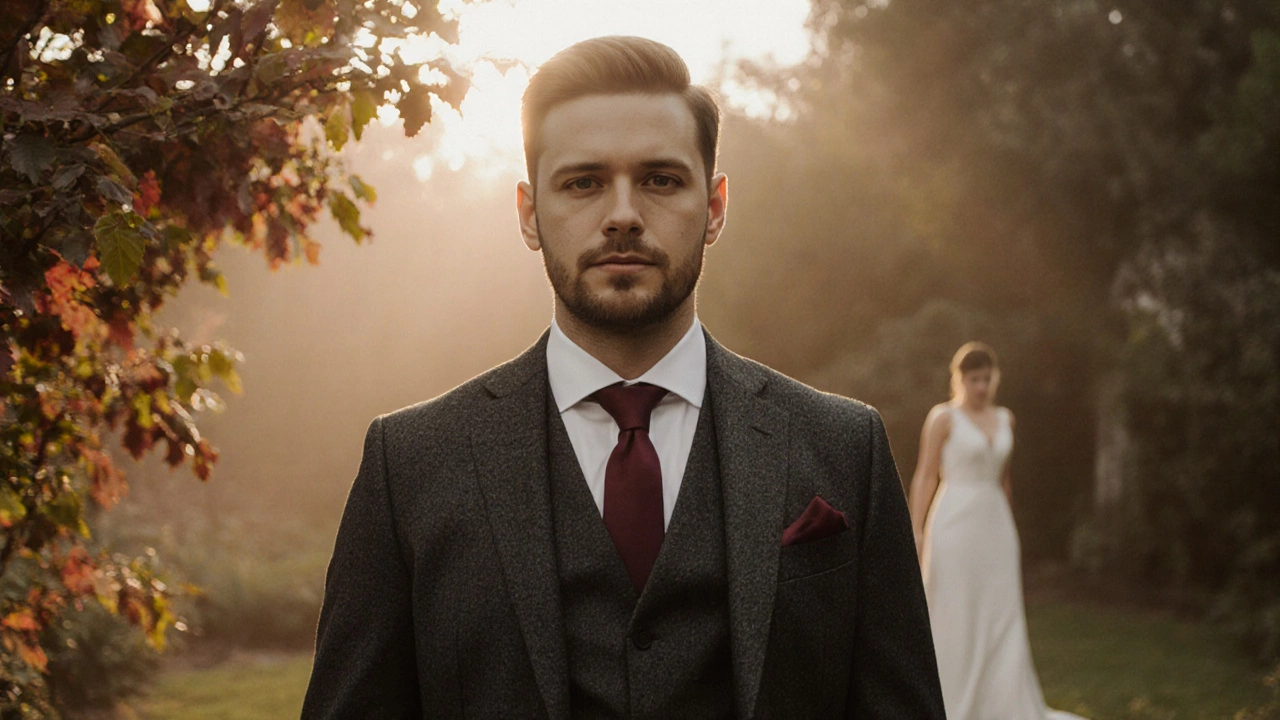
- Nov, 23 2025
- Comments 0
Best Suit Color for the Groom: Real Choices for Every Wedding Style
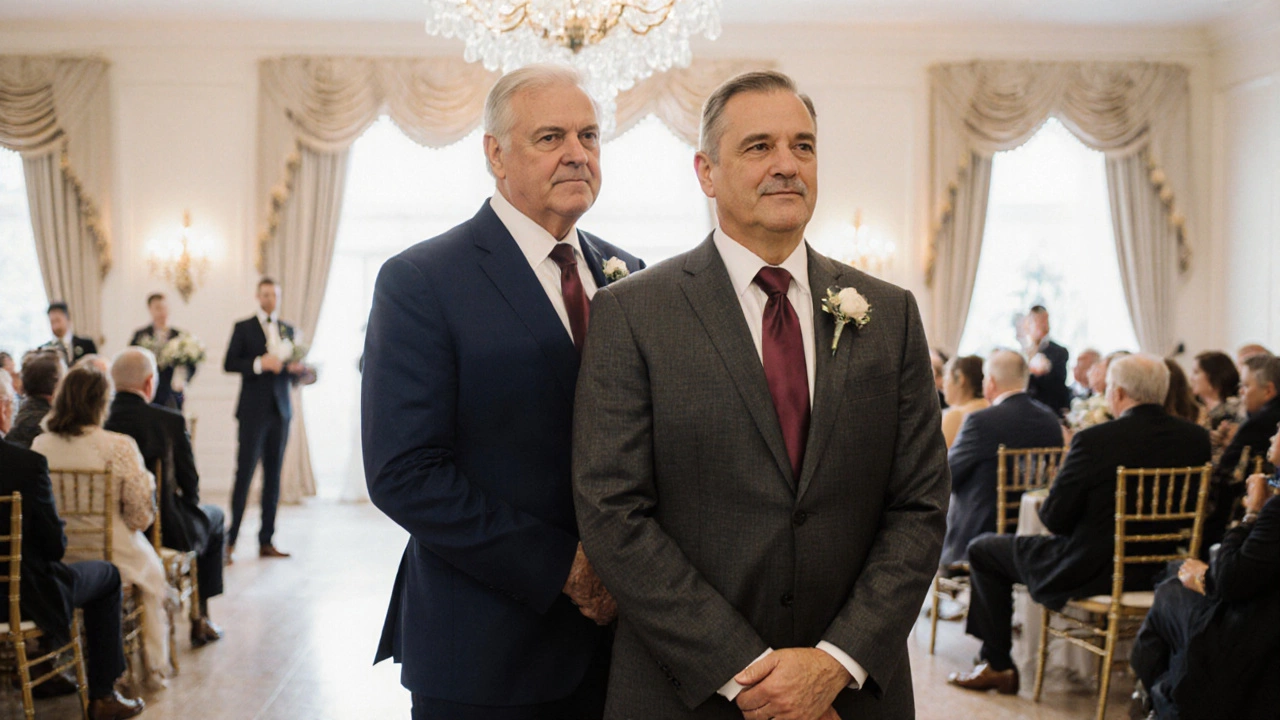
- Nov, 18 2025
- Comments 0
What Color Should the Father of the Groom Wear? A Practical Guide for 2025 Weddings

- Nov, 5 2025
- Comments 0
What Are the 5 Color Suits a Man Should Own for Any Occasion?
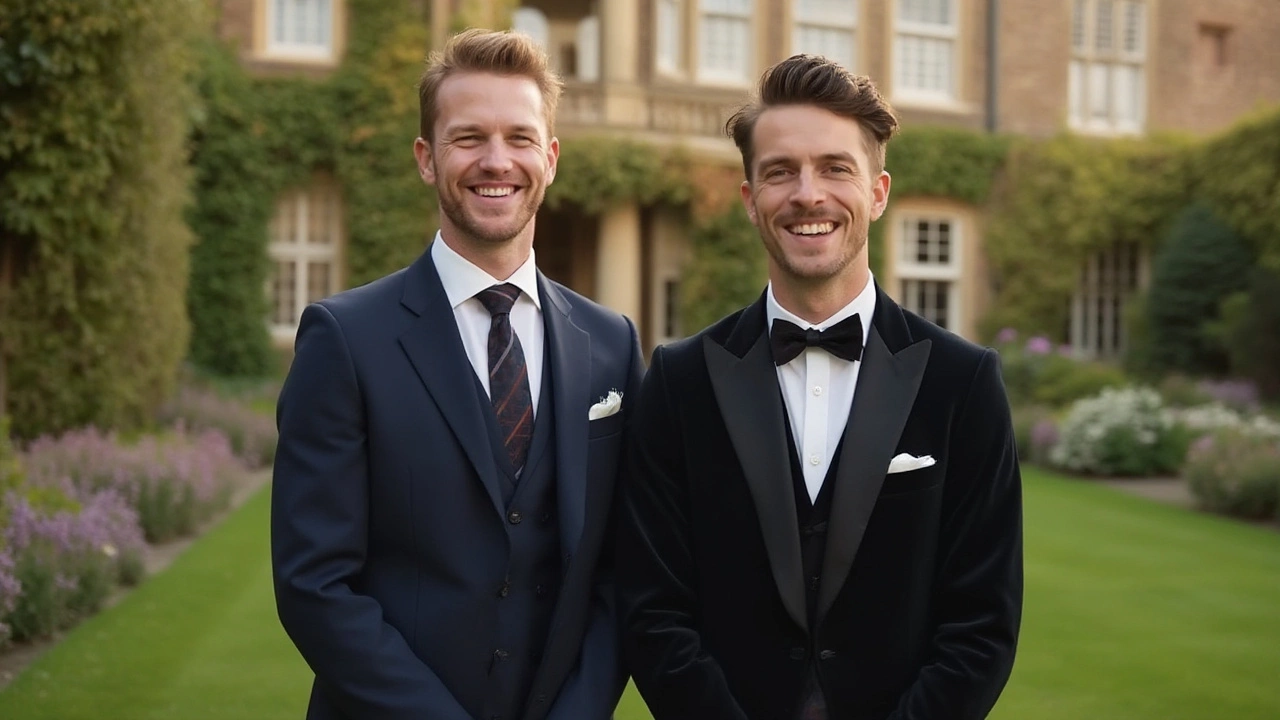
- Jul, 20 2025
- Comments 0
Groom Tie or Bowtie: Choosing the Perfect Accessory for Your Wedding
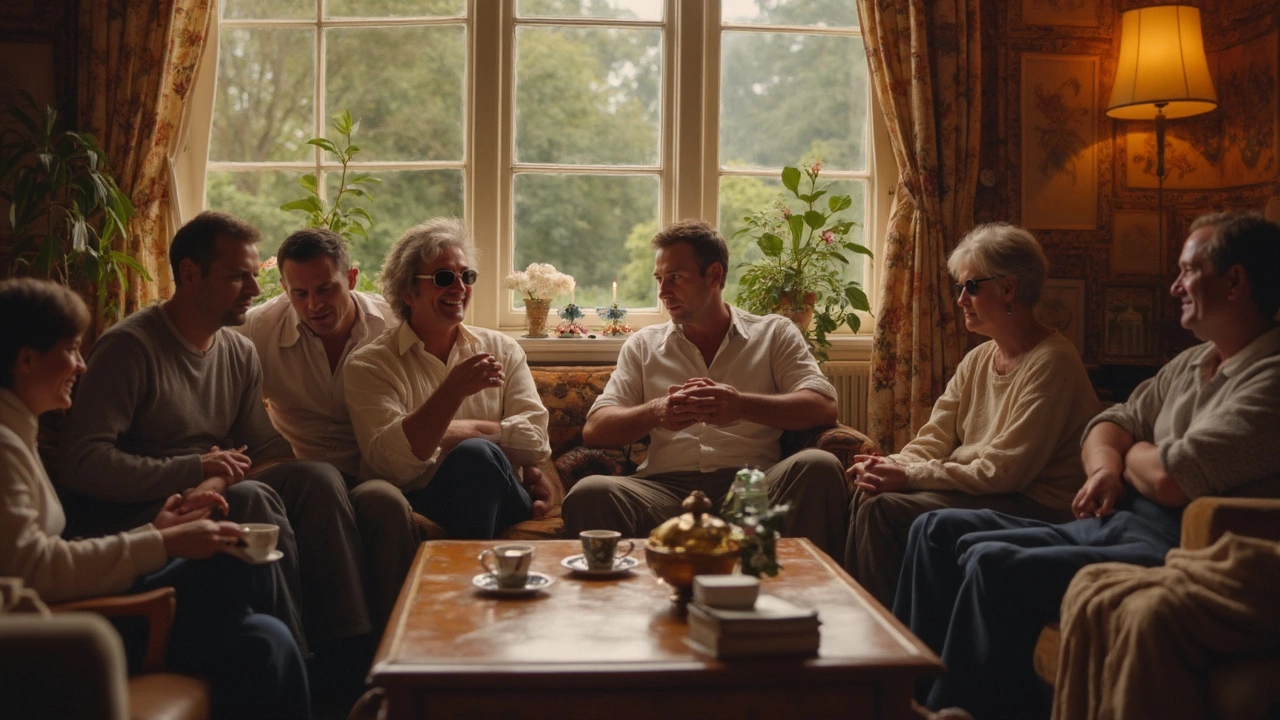
- Jun, 13 2025
- Comments 0
Who Stays With the Groom Night Before the Wedding? Your Guide to Pre-Wedding Traditions
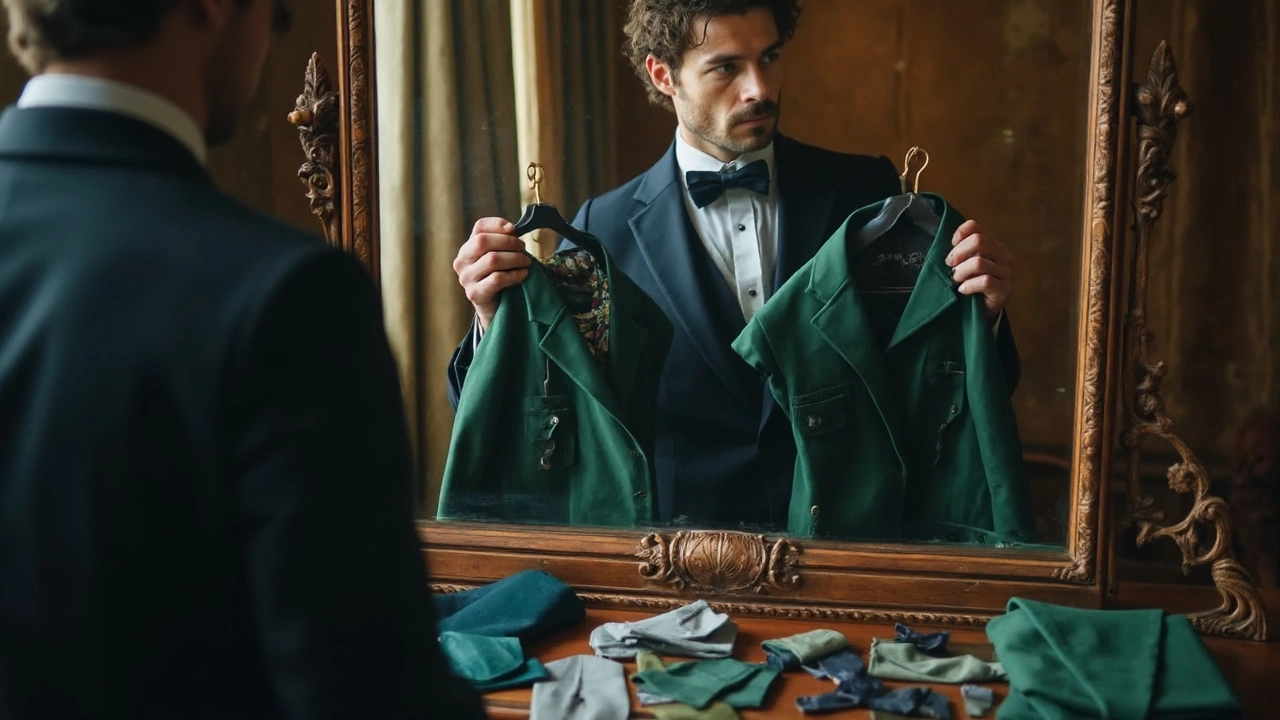
- Jun, 4 2025
- Comments 0
Best Suit Colors for Grooms: What Actually Works?
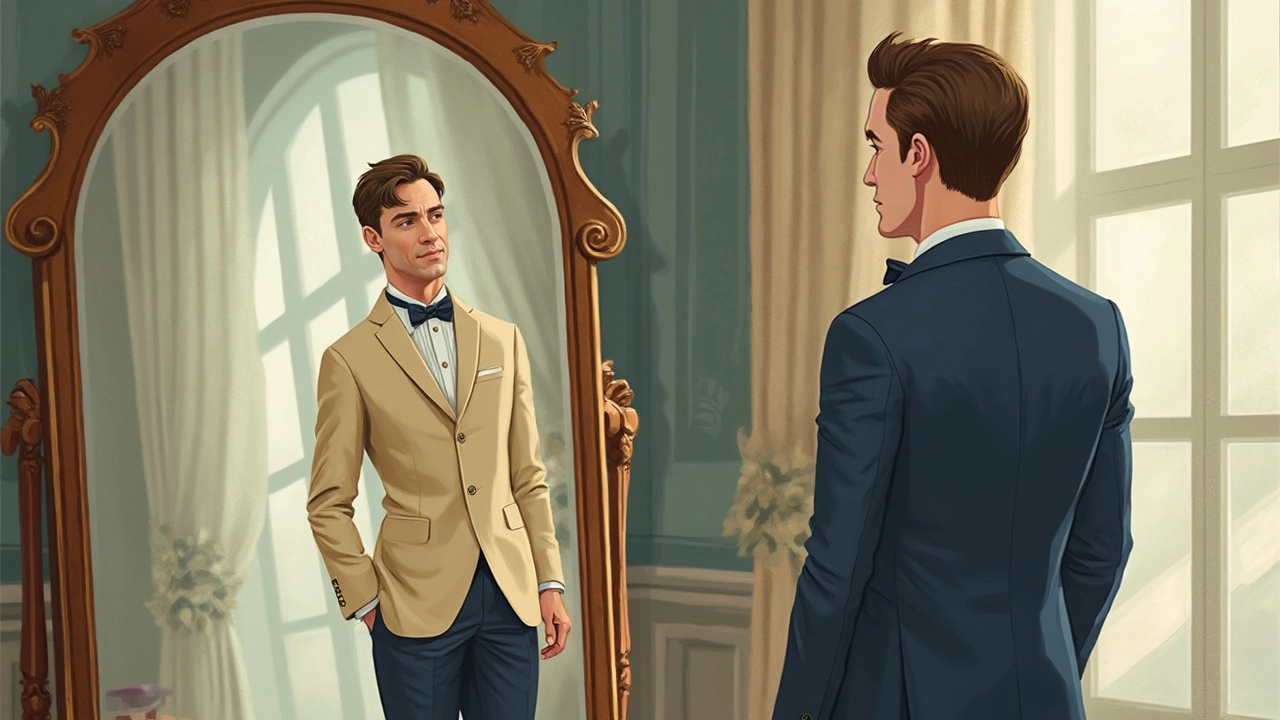
- Jun, 2 2025
- Comments 0
What Colors Make You Look Chubby? Groom Suits Edition
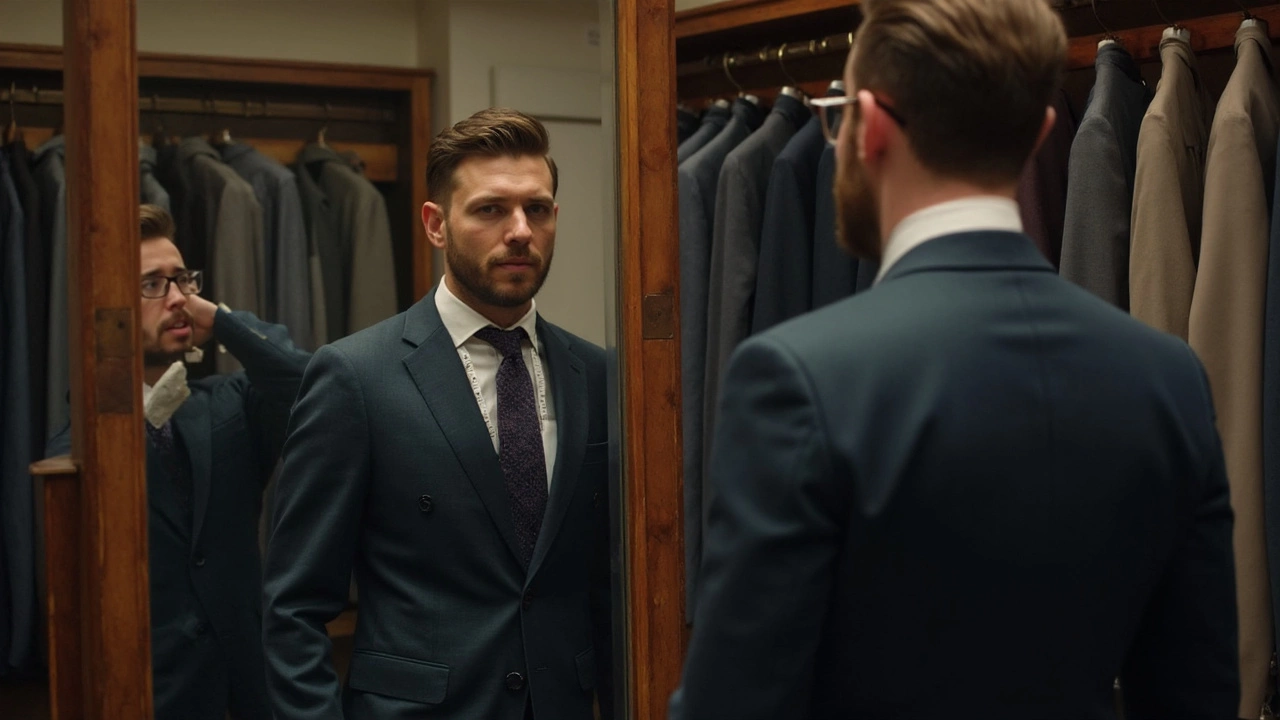
- May, 30 2025
- Comments 0
How to Not Look Fat in a Suit: Groom Suit Fit Tips That Actually Work
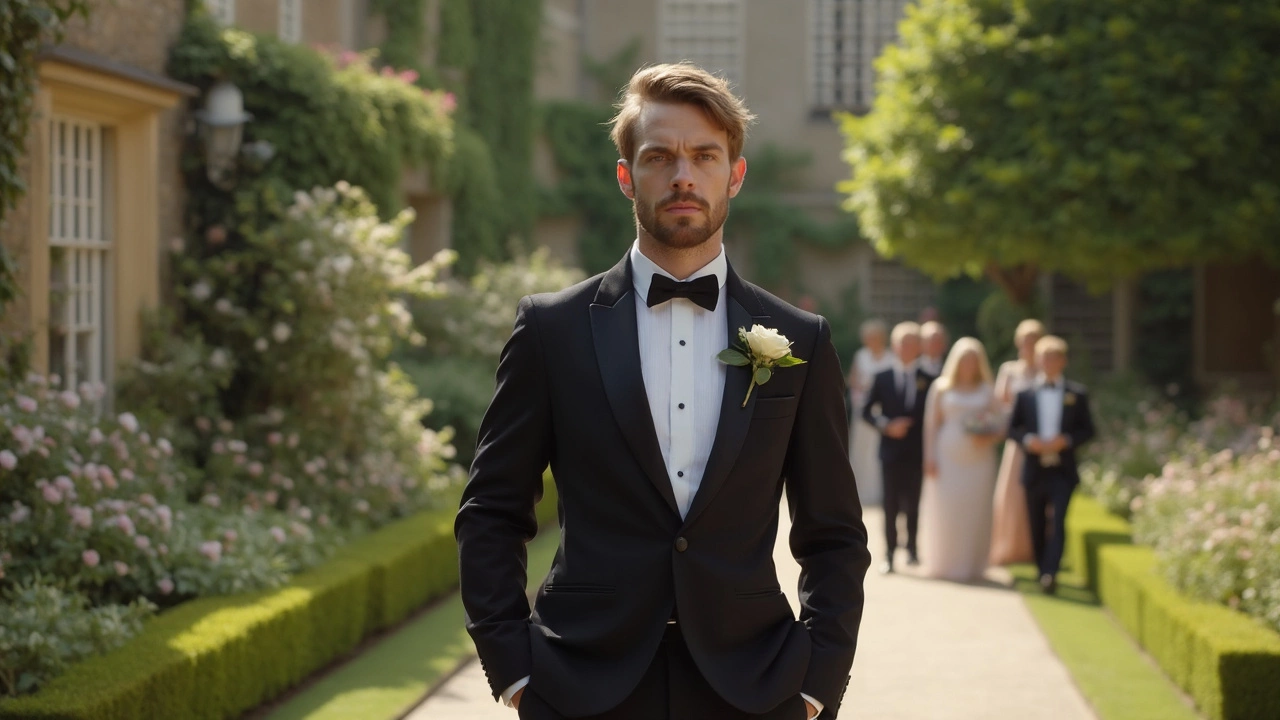
- May, 7 2025
- Comments 0
What Color Suit Should a Groom Wear? Essential Tips for Choosing the Right Shade
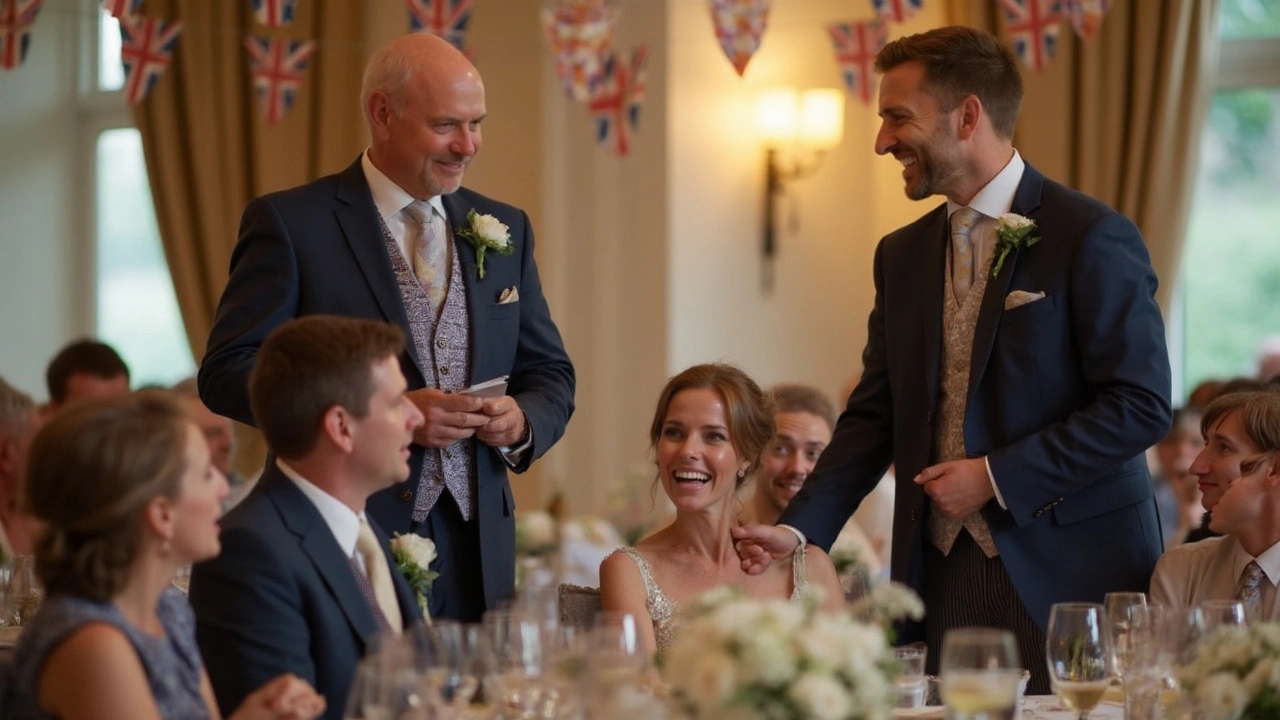
- Apr, 20 2025
- Comments 0